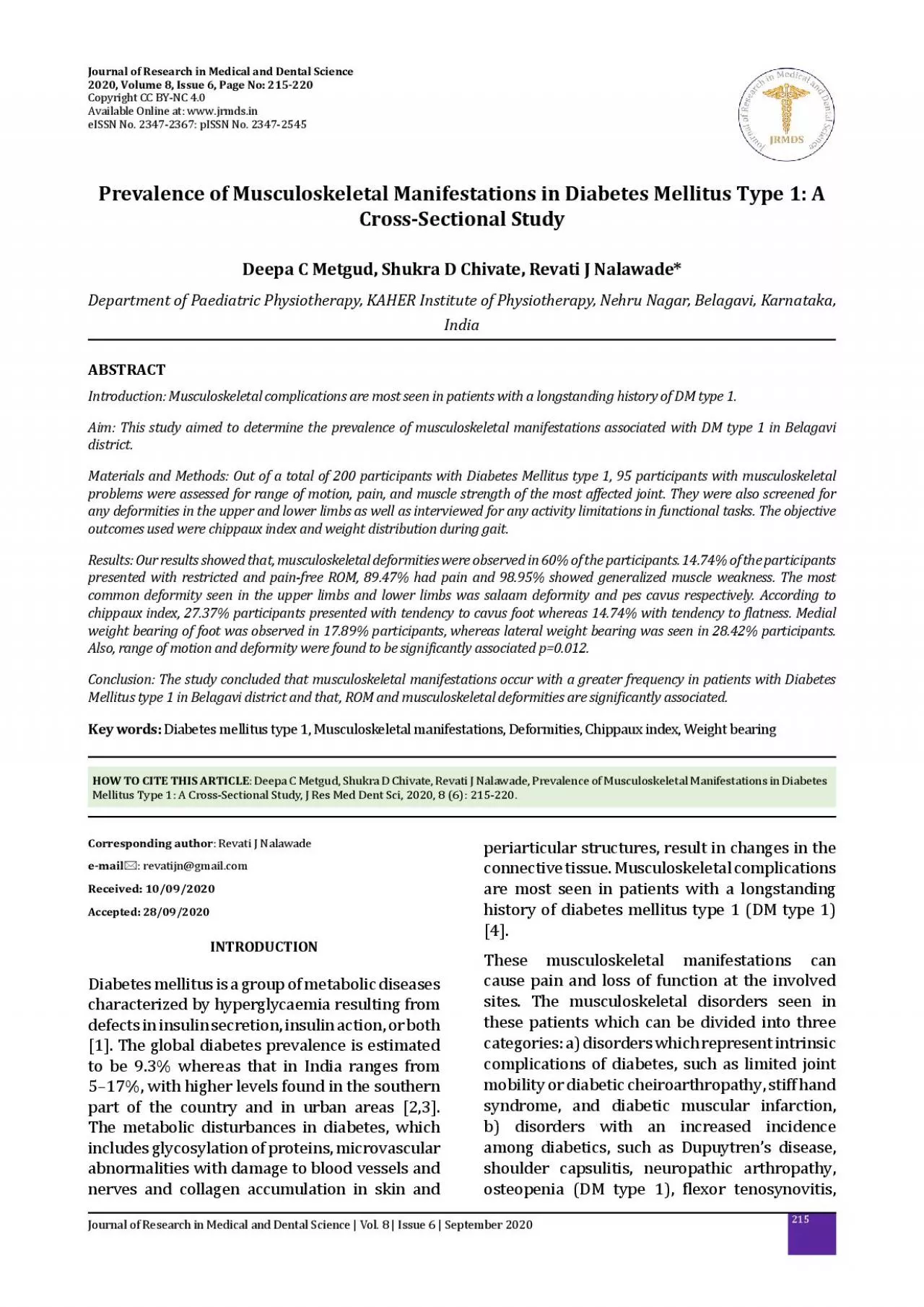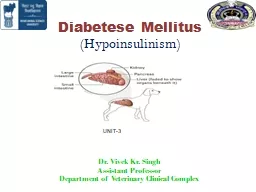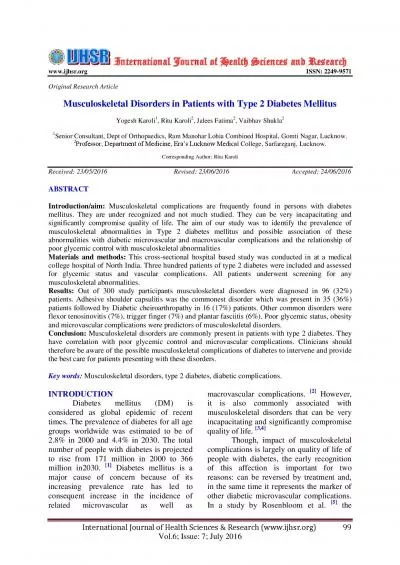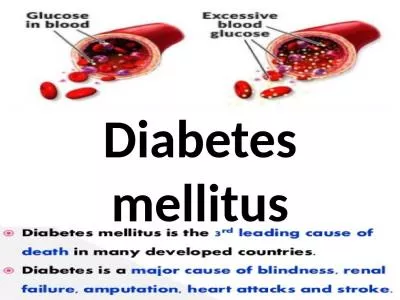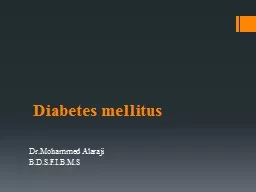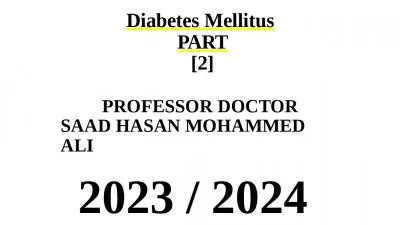PDF-Revati J Nalawade revatijngmailcomINTRODUCTION Diabetes mellitus
Author : ariel | Published Date : 2022-09-03
215 Introduction Musculoskeletal complications are most seen in patients with a longstanding history of DM type 1 Aim This study aimed to determine the prevalence
Presentation Embed Code
Download Presentation
Download Presentation The PPT/PDF document "Revati J Nalawade revatijngmailcomINTROD..." is the property of its rightful owner. Permission is granted to download and print the materials on this website for personal, non-commercial use only, and to display it on your personal computer provided you do not modify the materials and that you retain all copyright notices contained in the materials. By downloading content from our website, you accept the terms of this agreement.
Revati J Nalawade revatijngmailcomINTRODUCTION Diabetes mellitus: Transcript
Download Rules Of Document
"Revati J Nalawade revatijngmailcomINTRODUCTION Diabetes mellitus"The content belongs to its owner. You may download and print it for personal use, without modification, and keep all copyright notices. By downloading, you agree to these terms.
Related Documents

